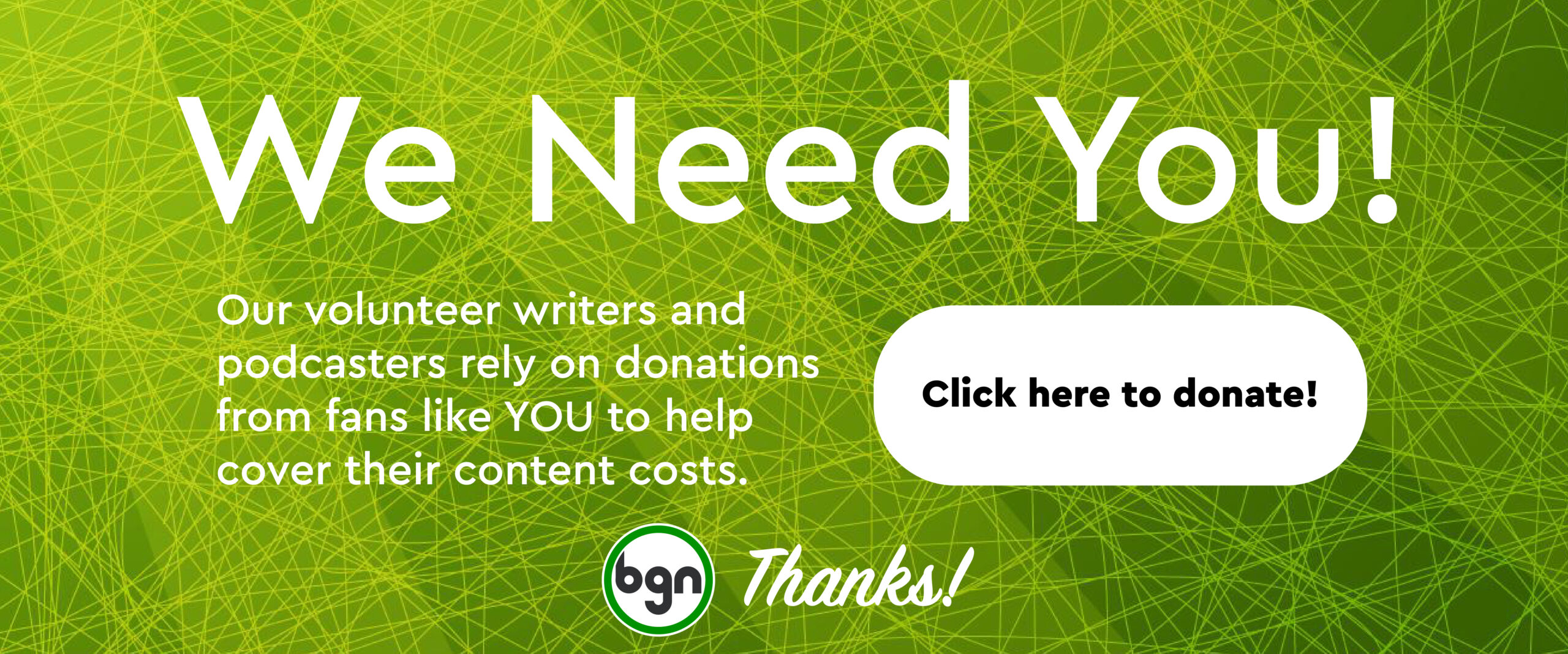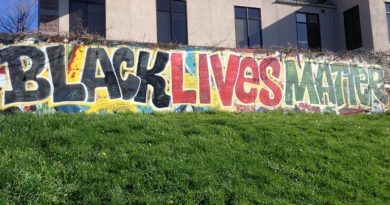Editorial: No one wins with a USL player pay cut
We’ve all been cautiously hoping for the best for our favorite league since the USL suspended play on March 12 due to COVID-19. Recently, in regards to this soccer season, things were looking up. Players are now allowed to train in small groups. USL Commissioner Jake Edwards, in an Instagram live chat with Jeff Rueter, clued us in on the different ways to complete the season. Then, Saturday night Rueter revealed something that, unfortunately, felt somewhat inevitable. His article in The Athletic details a proposed plan from the league to the USLPA outlining possible cuts in salary, via a force majeure clause, and “Return-to-Play Protocols”. For well-organized details, I suggest you read that first.
I think the first reaction to this news, as fans, is to worry about the players. We root for these guys week in and out. We have our favorites. We look for the next big star. And now, we worry about their very livelihood. The details of the aforementioned document trickled down to the players from the USLPA via each club’s USLPA rep in the days following. The reps informed the players of the details of the proposal. Multiple sources told BGN that no vote of any kind was taken, but questions were answered, emotional temperatures were measured, and opinions were forwarded back to USLPA proper.
Unsurprisingly, the players’ reactions were less than stellar. In the heat of the moment, players felt they are the first and easiest targets for cuts when problems arise. Many of the lowest-paid hustlers felt they couldn’t get by on less than they are already living on.
A vital piece of this 5,000-piece 4D puzzle is that the suggested changes are addendums to players’ contracts. That means these are changes being made to the actual document tying players to teams and guaranteeing both parties certain rights. More specifically, not only the club has to agree, but the players HAVE to sign off on it. A recurring argument from several stakeholders in the deal is that the players have no incentive to take a voluntary pay cut.
Again, in many ways, this comes back around to the old chestnut of 1-year contracts with an option that are so common in the USL. Players constantly live in fear of whether they’ll have a job next year. Signing these addendums brings that feeling back months before they expected.
An interesting question brought up by one group of players was whether the club can pick up an option on a player even if the season were to be canceled in the next month. Many players, who are willing to look anywhere to play in this circumstance, may look to Europe or Asia for jobs. If a USL club has an option hanging over a player’s head for Spring 2021, it will definitely affect another club’s likelihood to give that player a contract of their own.
To me, it seems the most difficult pill for players to swallow is this quote from Rueter’s piece: “the USLPA expressly waives its statutory right to bargain over such Return-to-Play Protocols.”
Any time you waive your right to anything, red flags should pop. I can see there being a reason for this from the league’s perspective, but perhaps it also shows to what extent this document was a “first offer”, fully expecting a counter offer. That said, I think it’s safe to add it to the category of “why would I sign this?”
While these are all negative responses to a document leaked to the public, I think there’s a constructive way to look at the dilemma. IF this was the first offer, it is now time for the USLPA to present some player incentives to the league that might entice all parties to sign an agreement.
Players want to play. As I mentioned above, we all like to find the breakout, diamond in the rough. This isn’t a possibility if there aren’t games showcasing and improving players’ abilities. If the USL could convince the players that these pay cuts will directly result in games played, it could win them some favor. “That’s an impossible promise!” you say? Yeah, it probably is. But, I believe the closer you can get to a promise, the more favor will be garnered.
Another incentive that I think can be pushed a bit more by the league, and this is nitpicking, is to really really emphasize player safety with any return. A plan for testing was reported as being in the agreement, again referring to Jeff Rueter’s piece in The Athletic:
“As part of return to play measures, the document outlines procedures to test players to ensure full health and safety while requiring each player to have a detailed medical file confidentially held by their club.”
But, perhaps the league can really push this motivation through the process. Not only would it better endear the players to the league goals, but also give us fans more buy-in. There’s a dissonance inside me when I long for these players to bring back my favorite form of entertainment. Constant reassurance of those players being taken care of in this way–that it’s a vital priority–even absent several thousand dollars per month, could go a long way to help in my opinion.
While the players have legitimate arguments and concerns, you cannot ignore the owners’ struggles. It is widely believed that USL clubs are not huge moneymakers. Any profitability in owning a club in the United States comes from the growth of value. With that being said, a balance sheet with a little red on it every year is acceptable when you remember you can sell your franchise for millions more than you bought it for. Well, suddenly, that balance sheet looks like a Tarantino film. Jake Edwards in an interview with Brian Straus, said that USL teams “make about 75% [of revenue…] from sponsorship and ticket sales.” These numbers reported by The Athletic give more insight:
“One USL source estimated that mid-to-lower-level clubs make between $30,000-$50,000 per game, while the top independent Championship clubs could see over $200,000 per game. Across 17 home matches, that represents the largest pool of income these clubs see during the season.”
That is a very large amount of revenue lost, and as I inferred earlier, it isn’t lining owners’ pockets. That money pays salaries, buys and repairs assets, and pays off loans for things like soccer-specific stadiums. This doesn’t even address the possibility that the owners, while having enough to cover an expansion fee in whatever year they launched, were able to afford that fee due to their business dealings outside of the USL. It is absolutely certain that some of these businesses have struggles of their own, perhaps losing revenues equal to or more than losses in their USL franchises.
Despite these losses, I’m told that all owners have honored every player’s contract to this point. Everyone has been paid what they were promised when they entered into their agreement for the club for the 2020 season.
I’m also told that through this, the clubs have been very cordial. I’ve heard that some clubs, while adopting the agreement in solidarity, will pay their players more than the minimum potentially agreed to by the league and USLPA.
Lastly, while some players might feel like they were the first to take the hit, I know that many front-office workers at both the club and league levels have been furloughed. I know that multiple clubs (ideally all of them) have sought and received PPP assistance from the government. The league has also sent financial assistance. I can’t back this up with proof, but short of folding, there’s a chance this is viewed as the last option to cut costs in order to stop some of the bleeding. Again, from the Jeff Reuter piece:
“The request to the USLPA for consideration of a compensation adjustment was not an easy one, and only taken as a last resort,” said a USL spokesperson.
So…this is where we stand. I think we all feel (or even know) that there are no winners in the pandemic. All are punished. We’re stuck arguing who foots the bill. We’re arguing who deserves the burden. We’re all scared of potential death.
Perhaps the nature of the collective bargaining process puts everybody in a position of arguing until you win rather than working together to share the load. In my perfect world, we find unbiased accountants to add up revenues and losses and work together to find an equitable burden for all parties involved. I, personally, would go so far as to include the personal finances of all parties as well. But, we all know that’s not going to happen.
What Jeff Rueter uncovered is just the beginning. The USLPA will have their say. In the absence of a perfect, equitable result, we have compromise. Perhaps all parties will lose just enough and win just enough to get us all a safe and imperfectly centric outcome. I encourage you all to have discussions about what’s best while social distancing, perhaps by interacting with your favorite BGN podcasts or writers. Believe it or not, good ideas sometimes trickle up. -PG





